Tuesday, March 27, 2007
The future Air Transportation: Vertical Aligned VTOL
Inspired by RC 3D pilots that can hover their planes like helicopters at high angle of attacks.
http://www.rcgroups.com/forums/showthread.php?t=650986#post7121698
This is my final vision of the future of air transportation for civil and military. Not helicopters or horizontally aligned thrust vectored jets such as the F35 Lightning II.
Civil air transportation:(Flying car)
There is no need for a vertical take-off and landing vehicles. Sufficient for an extremely slow stall speeds of less than 20 mph(30km/h), similar to ultralights.
The difference is only in the maximum speed at which a flying car can manage.
Helicopters are never deemed as suitable for personal flying machine. One reason is that it cannot fly fast.
A flying machine with low stall speed is safe. That is why ultralights are limited to a stall speed of 35mph in USA class for experimental aircraft. I put an even lower speed of 20mph which is common among a class of ultralights called trikes. Delta-winged ultralights using weight shifting for its control.
The heaviest ultralights are the amphibious at 300kg empty but can still manage a stall speed of 35mph.
Thanks to these pioneers and the RC world of 3D flying, I believe the future will be a class of flying machines with low stall speed. I would prefer amphibious planes with retractable landing gears. It will allow higher speeds because of its more streamlines shape. Making them amphibious will make it safer.
The wing loading must be even made lower than those achieved by Seamax.
To make it even safer, thrust vectoring or large control surfaces in the prop airstream is essential. It will allow it to be controlled even at extremely low speed.
Low wing loading vehicles are easily affected by wind. Normal human pilots will not be able to handle it. Those RC 3D pilots are a special breed of pilots that train hard to achieve the fine control necessary to fly safely at such low altitudes.
To make it viable, we need advance autopilots. Actually it is not new. Helicopters will not be able to be flown without any gyros. Even RC Helis need gyros to control at least its tail rotor. To a 3D plane, it is the aileron.
To make this technology viable for mass transportation, gyros need to be installed in all axes of control, including its throttle, that means a fly by wire control. If these computer control, humans should still be able to fly them safely but limited to a more open space.
This car will use propellers, either turbo prop or just diesel engines, using the latest combustion techniques to maximise its power while reducing its weight. The thrust to weight ratio of this vehicle must be more than 1.5 in order to maintain a high safety margin for low-speed control, with the added advantage that the vehicle can hover if required.
Hovering is not a necessity. It is better to taxi on normal roads in order to travel to the final destination. It is much safer and economical to do so. Flying is only necessary if we want to travel fast or across terrains that don't have roads, such as across rivers, lakes or seas.
Fold able wings may be necessary if it were to travel along normal roads. The ability to travel on normal roads is a necessity before this vehicle can achieve mass-appeal.
Taking off and landing will require specially modified roads with navigation beacons in order to facilitate traffic control. Traffic control will have to be automated at these special places. The navigation eqiupment need to be advanced as well. More advanced than current ILS. It should be able to take over control over an airplane if required in order to rearrange vehicles that want to take off and land on the roads below. It should be able to control all vehicles, flying and non-flying. This means that all roads need to be upgraded to levels higher than current airports.
Current propulsion systems that consist of reversible-pitch-props with large control surfaces, should be sufficient. Ducted fan with vector controls may be more economical at low speeds but it requires more experimentations.
WE need all these advances in order to realise a dream of the flying cars.
Although all these should be sufficient to make a flying mass-transportation system, it will be desirable to have a hovering vehicle in order to land on roof-tops. Planes landing at high angles of attacks should be feasible with advanced computer controlled systems and gyros. The discomfort due to the vertical alignment of the vehicle should be offset by the greater safety, reliability and performance of the verticle-aligned machines.
I had tried to try experiment with various horizontal-aligned VTOL based on the Terminator 3 movie and other proposals for such devices. Inspired by the cobra moves of the Su-30 and hovering techniques of the 3D RC pilots, I was beginning to consider vertically aligned VTOL with only engines that are optimised for horizontal flight. Initially I thought it will be completely unsafe.
The breakthrough came when in March 2007, I was beginning to realise that vectored thrust can balance a high angle-of-attack plane, to make it hover or move slowly horizontally. Controlling it is so difficult but not impossible, but it is just as difficult to control as any multiple-engine configurations and thrust-vectoring.
The only advantage gained by having thrusts at the front and rear sides, is the ability to hover horizontally, but this means that some engine power need to be sacrificed when flying normally. Just study the F-35 Lightning II. Even Harrier jump jets, sacrifice performance which made it difficult to achieve supersonic speed.
For years, I had tried to place lift engines at the canards of the Su-32 in order to make it VTOL. But I did try to visualise it landing vertically but the elevators will be damaged when it tried to land vertically.
Last night, 26 March, 2007, at about 9PM, Malaysian time, while participating in the discussion in rcgroups forum, I realised that what is needed is just a good landing gear. I suddenly realised that 3D RC planes already have such landing gears.
Of course, for a fighter jet it needs to be retractable. Weight and complexity can be reduced by designing it for low rolling speed. Thrust vectoring can be used to reduce the impact on the front landing gear with the rear landing gears designed to be more like shock aborbers and high friction wheels. Once the rear wheels can take up some weight, the engine nozzle will be adjusted to slow the fall of the front side while giving a reverse thrust.
Achieving zero landing distance will be difficult but this is a small price to pay for military and civilian planes in order to have normal aircraft performances.
For large passenger planes, their many engines should allow them to incorporate vectoring nozzles. It will only become necessary once airports landing distances become limited, or planes become much bigger than A380, probably a triple-decker.
Military VTOL
I predict that the hovering mode of the F35 will be obsolete. Too much compromise on performance. Vertical-aligned VTOL can be fitted to most military aircraft by fitting high thrust vectoring jet engines with sophisticated computerised controls.
The Su32 is already equipped with all-direction thrust vectoring. Its cobra manoeuvres inspired me to consider other possibilities of the thrust vectoring applications. What is need for an Su32 to hover will be just a good pilot, or a good computer control. I believe it is already capable of hovering in mid-air but only for a short time. With practise, their pilots can hover even longer.
I believe it is too dangerous to do so. We need heroes in the RC world to experiment. No life will be lost. Turbines will be more expensive. Brushless electric ducted fans will be cheaper. Gyros can be used to augment pilots' skills. Hopefully, the advent of Nintendo Wii, with its motion detector, will make gyro technology a mass market item, making gyros cheaper and widely known. Hopefully PS3 and XBox360 will introduce motion detection controllers soon.
Another approach is to experiment using simulators first. It will be even cheaper and faster. Many 3D RC pilots practise using RC Flight Simulators. No reason why we can't experiment with VTOL using RC Sims as well.
http://www.rcgroups.com/forums/showthread.php?t=650986#post7121698
This is my final vision of the future of air transportation for civil and military. Not helicopters or horizontally aligned thrust vectored jets such as the F35 Lightning II.
Civil air transportation:(Flying car)
There is no need for a vertical take-off and landing vehicles. Sufficient for an extremely slow stall speeds of less than 20 mph(30km/h), similar to ultralights.
The difference is only in the maximum speed at which a flying car can manage.
Helicopters are never deemed as suitable for personal flying machine. One reason is that it cannot fly fast.
A flying machine with low stall speed is safe. That is why ultralights are limited to a stall speed of 35mph in USA class for experimental aircraft. I put an even lower speed of 20mph which is common among a class of ultralights called trikes. Delta-winged ultralights using weight shifting for its control.
The heaviest ultralights are the amphibious at 300kg empty but can still manage a stall speed of 35mph.
Thanks to these pioneers and the RC world of 3D flying, I believe the future will be a class of flying machines with low stall speed. I would prefer amphibious planes with retractable landing gears. It will allow higher speeds because of its more streamlines shape. Making them amphibious will make it safer.
The wing loading must be even made lower than those achieved by Seamax.
To make it even safer, thrust vectoring or large control surfaces in the prop airstream is essential. It will allow it to be controlled even at extremely low speed.
Low wing loading vehicles are easily affected by wind. Normal human pilots will not be able to handle it. Those RC 3D pilots are a special breed of pilots that train hard to achieve the fine control necessary to fly safely at such low altitudes.
To make it viable, we need advance autopilots. Actually it is not new. Helicopters will not be able to be flown without any gyros. Even RC Helis need gyros to control at least its tail rotor. To a 3D plane, it is the aileron.
To make this technology viable for mass transportation, gyros need to be installed in all axes of control, including its throttle, that means a fly by wire control. If these computer control, humans should still be able to fly them safely but limited to a more open space.
This car will use propellers, either turbo prop or just diesel engines, using the latest combustion techniques to maximise its power while reducing its weight. The thrust to weight ratio of this vehicle must be more than 1.5 in order to maintain a high safety margin for low-speed control, with the added advantage that the vehicle can hover if required.
Hovering is not a necessity. It is better to taxi on normal roads in order to travel to the final destination. It is much safer and economical to do so. Flying is only necessary if we want to travel fast or across terrains that don't have roads, such as across rivers, lakes or seas.
Fold able wings may be necessary if it were to travel along normal roads. The ability to travel on normal roads is a necessity before this vehicle can achieve mass-appeal.
Taking off and landing will require specially modified roads with navigation beacons in order to facilitate traffic control. Traffic control will have to be automated at these special places. The navigation eqiupment need to be advanced as well. More advanced than current ILS. It should be able to take over control over an airplane if required in order to rearrange vehicles that want to take off and land on the roads below. It should be able to control all vehicles, flying and non-flying. This means that all roads need to be upgraded to levels higher than current airports.
Current propulsion systems that consist of reversible-pitch-props with large control surfaces, should be sufficient. Ducted fan with vector controls may be more economical at low speeds but it requires more experimentations.
WE need all these advances in order to realise a dream of the flying cars.
Although all these should be sufficient to make a flying mass-transportation system, it will be desirable to have a hovering vehicle in order to land on roof-tops. Planes landing at high angles of attacks should be feasible with advanced computer controlled systems and gyros. The discomfort due to the vertical alignment of the vehicle should be offset by the greater safety, reliability and performance of the verticle-aligned machines.
I had tried to try experiment with various horizontal-aligned VTOL based on the Terminator 3 movie and other proposals for such devices. Inspired by the cobra moves of the Su-30 and hovering techniques of the 3D RC pilots, I was beginning to consider vertically aligned VTOL with only engines that are optimised for horizontal flight. Initially I thought it will be completely unsafe.
The breakthrough came when in March 2007, I was beginning to realise that vectored thrust can balance a high angle-of-attack plane, to make it hover or move slowly horizontally. Controlling it is so difficult but not impossible, but it is just as difficult to control as any multiple-engine configurations and thrust-vectoring.
The only advantage gained by having thrusts at the front and rear sides, is the ability to hover horizontally, but this means that some engine power need to be sacrificed when flying normally. Just study the F-35 Lightning II. Even Harrier jump jets, sacrifice performance which made it difficult to achieve supersonic speed.
For years, I had tried to place lift engines at the canards of the Su-32 in order to make it VTOL. But I did try to visualise it landing vertically but the elevators will be damaged when it tried to land vertically.
Last night, 26 March, 2007, at about 9PM, Malaysian time, while participating in the discussion in rcgroups forum, I realised that what is needed is just a good landing gear. I suddenly realised that 3D RC planes already have such landing gears.
Of course, for a fighter jet it needs to be retractable. Weight and complexity can be reduced by designing it for low rolling speed. Thrust vectoring can be used to reduce the impact on the front landing gear with the rear landing gears designed to be more like shock aborbers and high friction wheels. Once the rear wheels can take up some weight, the engine nozzle will be adjusted to slow the fall of the front side while giving a reverse thrust.
Achieving zero landing distance will be difficult but this is a small price to pay for military and civilian planes in order to have normal aircraft performances.
For large passenger planes, their many engines should allow them to incorporate vectoring nozzles. It will only become necessary once airports landing distances become limited, or planes become much bigger than A380, probably a triple-decker.
Military VTOL
I predict that the hovering mode of the F35 will be obsolete. Too much compromise on performance. Vertical-aligned VTOL can be fitted to most military aircraft by fitting high thrust vectoring jet engines with sophisticated computerised controls.
The Su32 is already equipped with all-direction thrust vectoring. Its cobra manoeuvres inspired me to consider other possibilities of the thrust vectoring applications. What is need for an Su32 to hover will be just a good pilot, or a good computer control. I believe it is already capable of hovering in mid-air but only for a short time. With practise, their pilots can hover even longer.
I believe it is too dangerous to do so. We need heroes in the RC world to experiment. No life will be lost. Turbines will be more expensive. Brushless electric ducted fans will be cheaper. Gyros can be used to augment pilots' skills. Hopefully, the advent of Nintendo Wii, with its motion detector, will make gyro technology a mass market item, making gyros cheaper and widely known. Hopefully PS3 and XBox360 will introduce motion detection controllers soon.
Another approach is to experiment using simulators first. It will be even cheaper and faster. Many 3D RC pilots practise using RC Flight Simulators. No reason why we can't experiment with VTOL using RC Sims as well.
Subscribe to:
Post Comments (Atom)
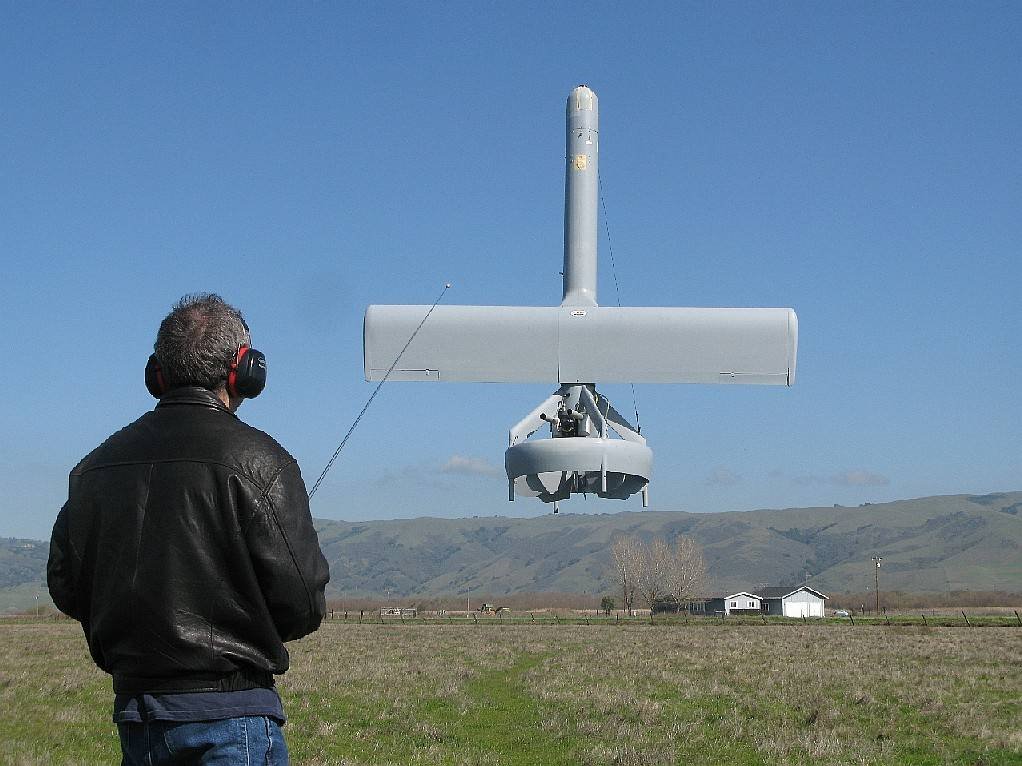
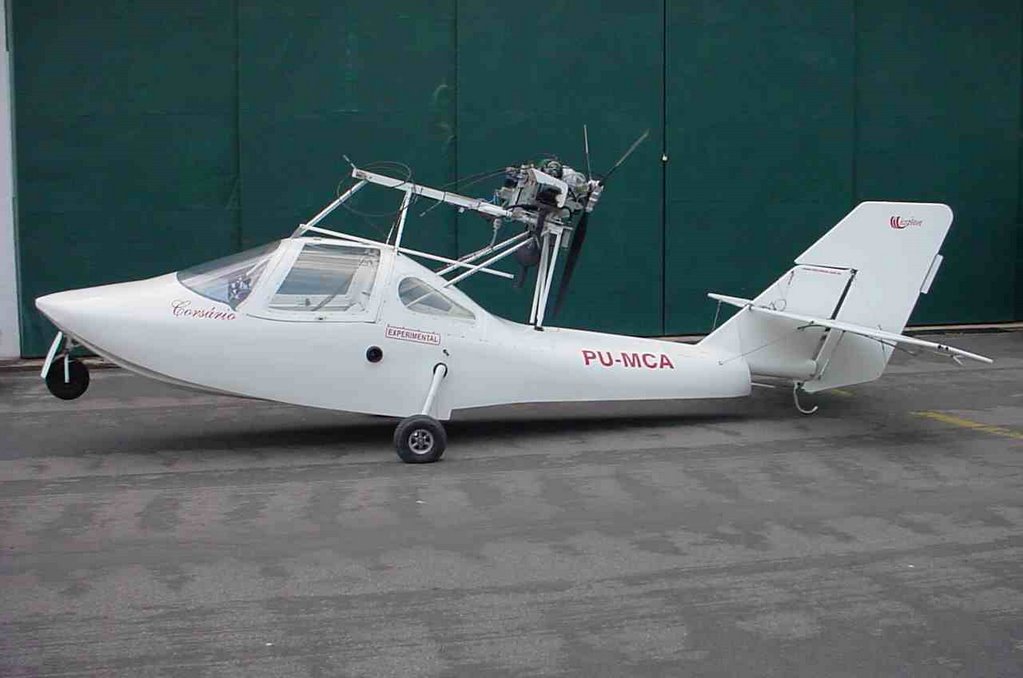
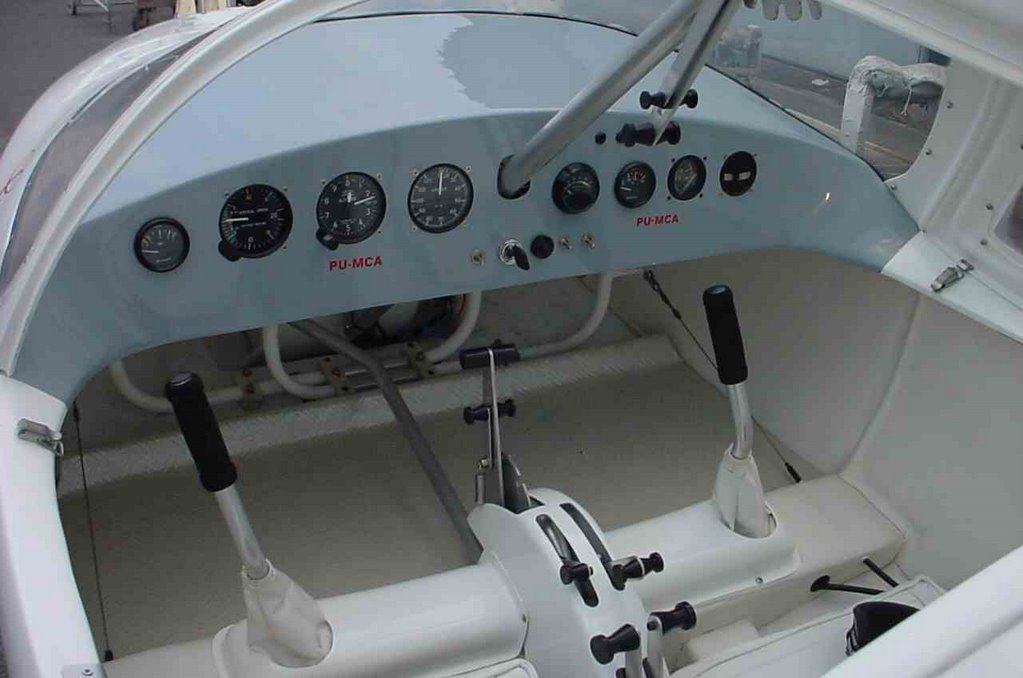
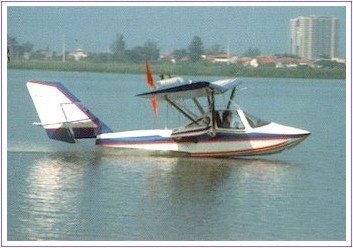
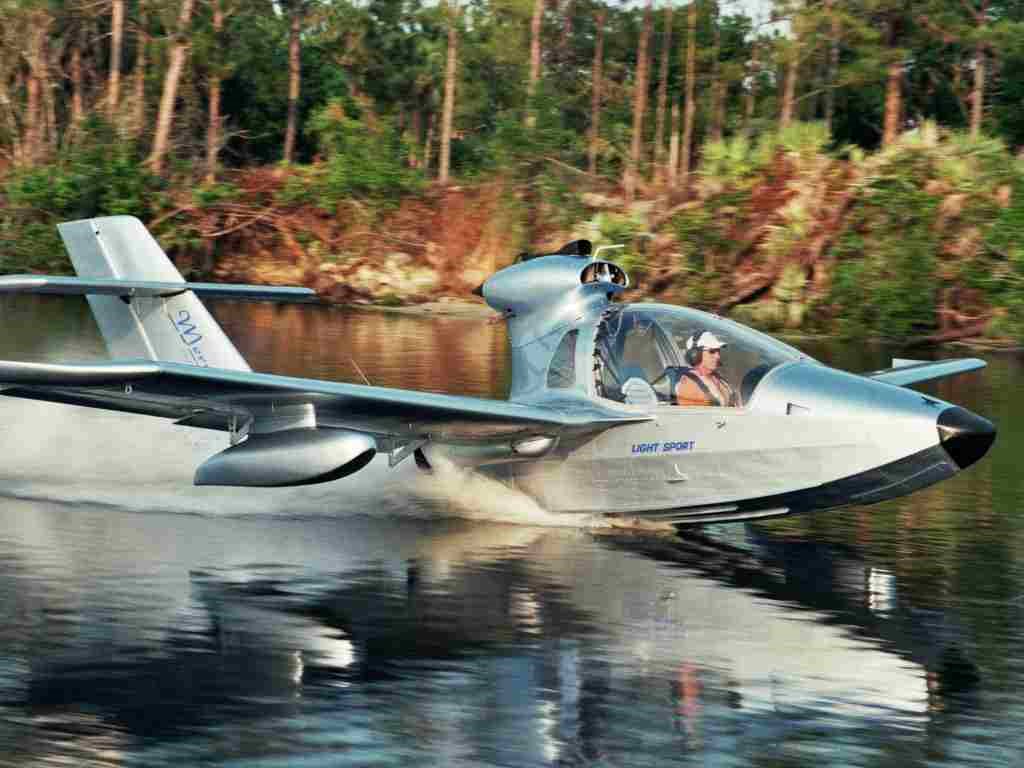
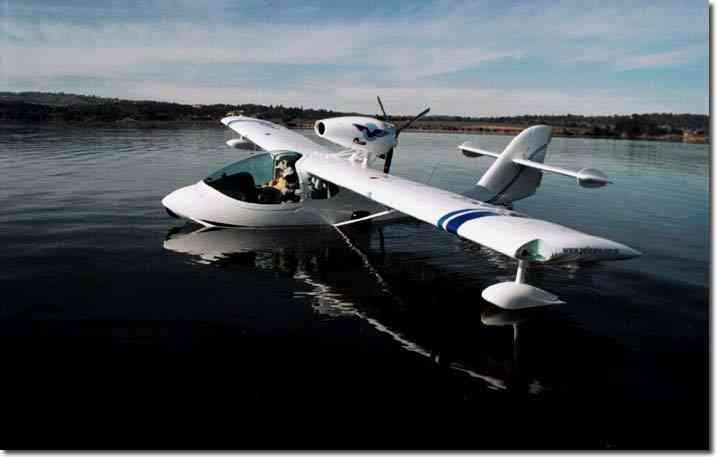
No comments:
Post a Comment